Out of Eden Walk Discoveries
![[Image description: A temple in Myanmar.] Via Unsplash](https://blogs.stockton.edu/webtools/files/2021/11/mg-cthu-1h_NN3nqzI-unsplash.jpg)
Today’s news and politics is riddled with stories about China, conspiracies, rumors, and scandals that the media argues about until they’re blue. So when Crossroad of Memory, a walk that was halted due to the pandemic, was featured on the Out of Eden Walk, my attention was immediately snagged. Photographer Paul Salopek had to halt his multi-year, 24,000-mile walk because of the pandemic. After spending quarantine overlooking the skyscrapers of Shanghai, Salopek “restarted” his journey in Yusan, a subtropical town nestled near the Myanmar border. Yusan is full of modern buildings with red-tiled roofs and, like most towns in Chinese provinces, is rich with history as old as the Ming Dynasty. Salopek even says that it’s likely that Marco Polo walked through this town. Ancient history is something that Salopek trails in his worldwide walk, and he is sure to keep nomads, hunter-gatherers, and cavemen in the back of his mind as he tracks the roads, villages, and landscapes that humans from thousands of years ago once trekked. Like most Asian countries, the legacy of their ancient past remains today, even in modern cities like Shanghai or Seoul. These legacies are something that Salopek captures in his photography, like when he met Kong Zhong, who showed him a genealogy tree as long as a Persian rug that traces his heritage back to Confucius himself. Being linked to the ancient world is an understatement, and it’s a point of pride and culture for the people of China.

Another leg of Salopek’s journey was aboard the cargo ship MV Alios, which was sailing through the Mediterranean Sea between Cyprus and Israel. This was Milestone 20, from Chapter 3’s Autumn Wars, which marked his trek from Asia and the Middle East to Cyprus. Perhaps no part of his journey felt more isolating, as aboard the ship he did not encounter another human (other than the crew), especially while hunkered down in his tiny cabin room. Upon arrival in Cyprus, Salopek traversed through Treasure Island. As Cyprus is one of the oldest inhabited islands in the world, it is hard to ignore the connection between this new destination and the ones throughout Asia; the legacy of a past living, an old way of life, still remains. On Treasure Island, where the scorching Mediteranean heat is unbearable, people walk around topless, wearing nothing but shorts or bathing suit bottoms. For Salopek, this only reminded him of our primitiveness, and how in a way humans are not made to be surrounded by machinery in a capitalist society. Salopek perfectly captures this feeling with:
“We are Stone Age people trapped inside Toyota pickup trucks.”
-Paul Salopek, National Geographic
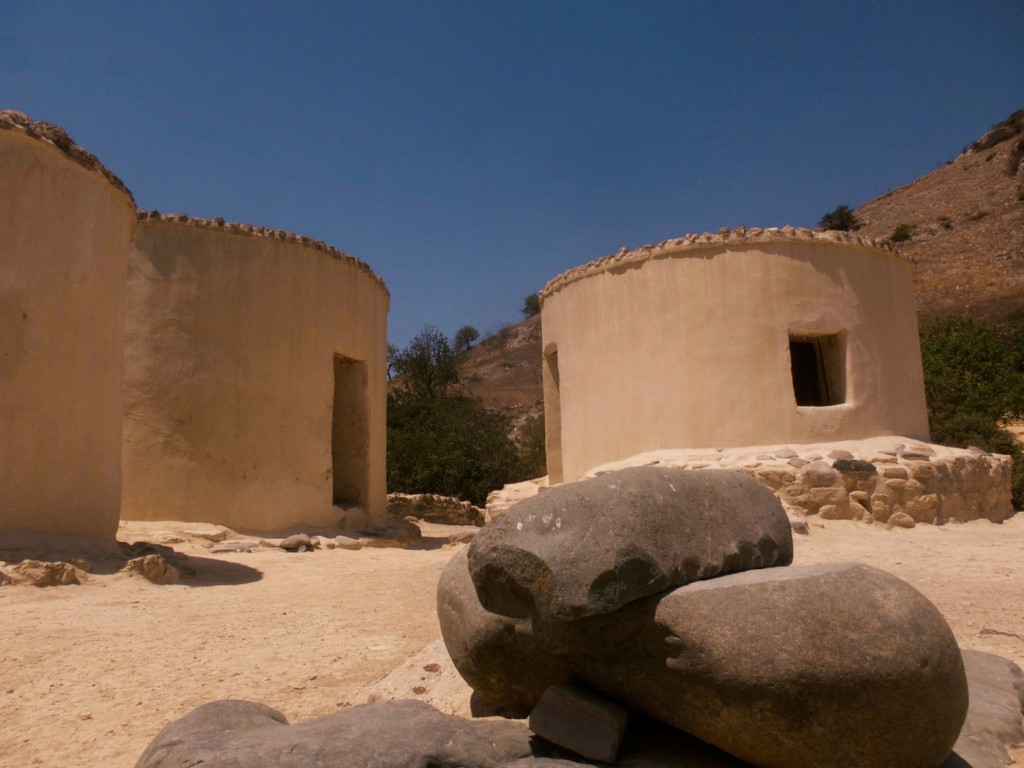
The heat is something that humans have been enduring for thousands of years, which seems to be common knowledge especially with the fact that 12,000 years ago, Cyprus was populated by hunter-gatherers who used the land and its extreme elements to their advantage for survival. This is perhaps symbolized by the gnarled, 700-year old olive tree that Salopek is taken to. The tree has provided sustenance for people for centuries, and although weathered and grooved with age, it still remains. Much like the legacy of Cyprus’ past itself.
Also from Autumn Wars is Tarsus, Turkey, the hometown of St. Paul, who brought pilgrims from Italy to worship and whose legacy resides in a renovated church where the pilgrims themselves once prayed. Obviously, this links the people to their past, but there is also modernity in this old land: there is a cafe called St Paul’s Cafe, an establishment that directly links modern society with its history. This part of Salopek’s journey is aptly named Apostle, which represents the area’s religious foundations.
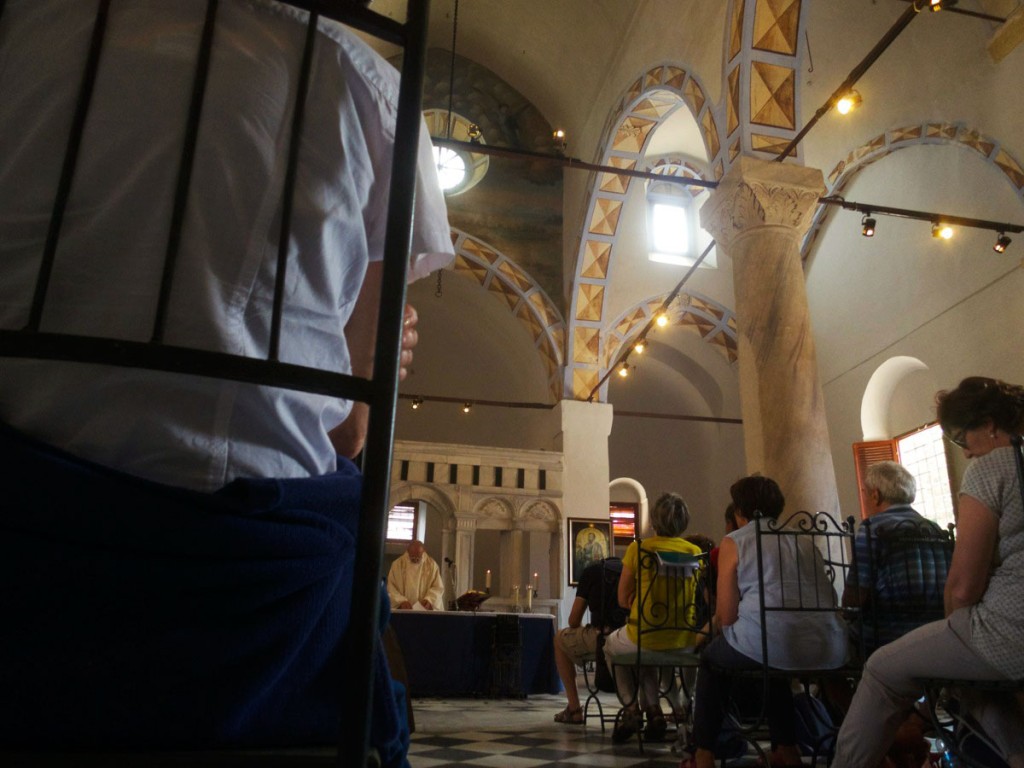
Tarsus’ history goes father then St. Paul, however. Notably, it is home to where Cleopatra first met Marc Antony. The town’s connection to Rome and one of its most notorious couples is in the ruins of a temple that once boasted columns six stories high. With the Roman Empire being the Roman Empire, something tells me that this temple wouldn’t be anything less than what its enormous structure once was. Although all that remains is its rubble, and the people no longer care about the history according to Erkul (a guide who showed Salopek around), the legacy remains no matter who is interested in it or not. The very ruggedness of these ancient locations, craggy with age, sun, and dust, reminds you of the past no matter where you look. The way Salopek connects to today’s people in these locations, and listens to their truths about their histories and cultures, is an effective way of linking today with the past, and underscoring the importance of remembering where we came from no matter what economical, political, or cultural changes may be roiling in the modern age.
Blog Post 10-Tatianna Competello
This week we are working on the topic Out of Eden Walk. This is a website with multiple chapters and it is actually very interesting. But some may wonder what is the Walk Of Eden? According to the website https://www.nationalgeographic.org/projects/out-of-eden-walk/, it states how this walk was completed by, Paul Salopek’s It was a 24,000-mile odyssey is a decade-long experiment in slow journalism. Moving at the beat of his footsteps, Paul is walking the pathways of the first humans who migrated out of Africa in the Stone Age and made the Earth ours. Along the way, he is covering the major stories of our time—from climate change to technological innovation, from mass migration to cultural survival—by giving voice to the people who inhabit them every day. His words, as well as his photographs, video, and audio, create a global record of human life at the start of a new millennium as told by villagers, nomads, traders, farmers, soldiers, and artists who rarely make the news. In this way, if we choose to slow down and observe carefully, we also can rediscover our world.

The first chapter I am covering is Chapter 3: Autumn Wars–
This chapter explains what happens when you become a war refugee. This leads you to walk everywhere. This chapter states how In southern Turkey, one of the oldest farmed landscapes, Salopek meanders through pistachio orchards, Bronze Age ruins, and walled medieval cities. And he walks into one of the greatest humanitarian catastrophes of our time: tides of refugees from Syria’s civil war. Turning northeast, he passes through tense Kurdish villages en route to the Caucasus Mountains and a frigid crossing into Georgia—an oasis of stability in a turbulent region. From the capital, Tbilisi, Salopek sprints through Azerbaijan to the shore of the Caspian Sea. Central Asia and the ancient Silk Roads beckon. I think it is really cool that we can take a virtual tour with every milestone Paul came across at the time and be able to see the whole view of the exact place he was in as well.
When I looked more into this chapter on the website I was able to see the destinations that were crossed during the time of this chapter. For this chapter, he begins his journey on June 25th, 2014. He was in Limassol, Cyprus. Paul explains what Cyprus was like in such words, “Smooth, flat asphalt, and not a soul on foot. “Such is the inward loneliness of Europe.” Then on July 16th in the same year, Paul crossed over to Mersin, Turkey. Paul strikes out across Anatolia with a professional tour guide and a recalcitrant 22-year-old mule. Now on July 31st, 2014 Paul hit his twentieth milestone. This was one day 532 of the journey and he hit 1,900 miles.

The next Milestone that was established in this chapter is Milestone 21: Cyprus. This was one day 548 and the mile reached was 2,000. This is an interesting piece of what Paul had to say about his time at Cyprus, “The iron ship docks with a clang. There are beaches slathered with baking Russians, baking Brits. Then a port city. Then a checkerboard of olive groves, of yellow hay fields. Empty chalk roads that burn out the eyeballs. Boarded up villas. (The global banking crisis hit hard.) Marooned villages. Old Byzantine churches. The racket of cicadas only ratchets up the heat. Carob trees throw lead-colored shadows. Up in the dry hills above Pyla, an Indian tractor driver points the way north to the Turkish enclave. Sitar music twangs from his earbuds. Another new arrival. He turns soil that has been plowed for 9,000 years yet still gives. It has always been this way in Cyprus.” You can click here for the article.

The next milestone that was discovered in this chapter is Milestone 22: Back and Forth. This goal was reached on the day of 532 and mile 2,100. This milestone aboard THE M/F Bozcaaada Ferry, at the Mediterranean Sea. The video I listed below takes you on a virtual tour with the sound of the sea, and at a beautiful time of the day. Although there is one more goal to this chapter I thought the three that I chose were the most interesting to me.
Chapter 2: Holy Lands-
This chapter took place from May 2013 until July 2014. In this chapter we see Paul go from the desert expanses of the Arabian Peninsula, the walk heads north into holy lands that seeded the three great monotheistic faiths. In this chapter, we read about Sami’s World. As stated in the article Sami Nawar is the director of Al Balad, Jeddah’s famous historic district. He’s a compact, friendly, indefatigable man with 1,001 plans, schemes, projects, ideas. “This is the only city on Earth with this claim,” Sami says.
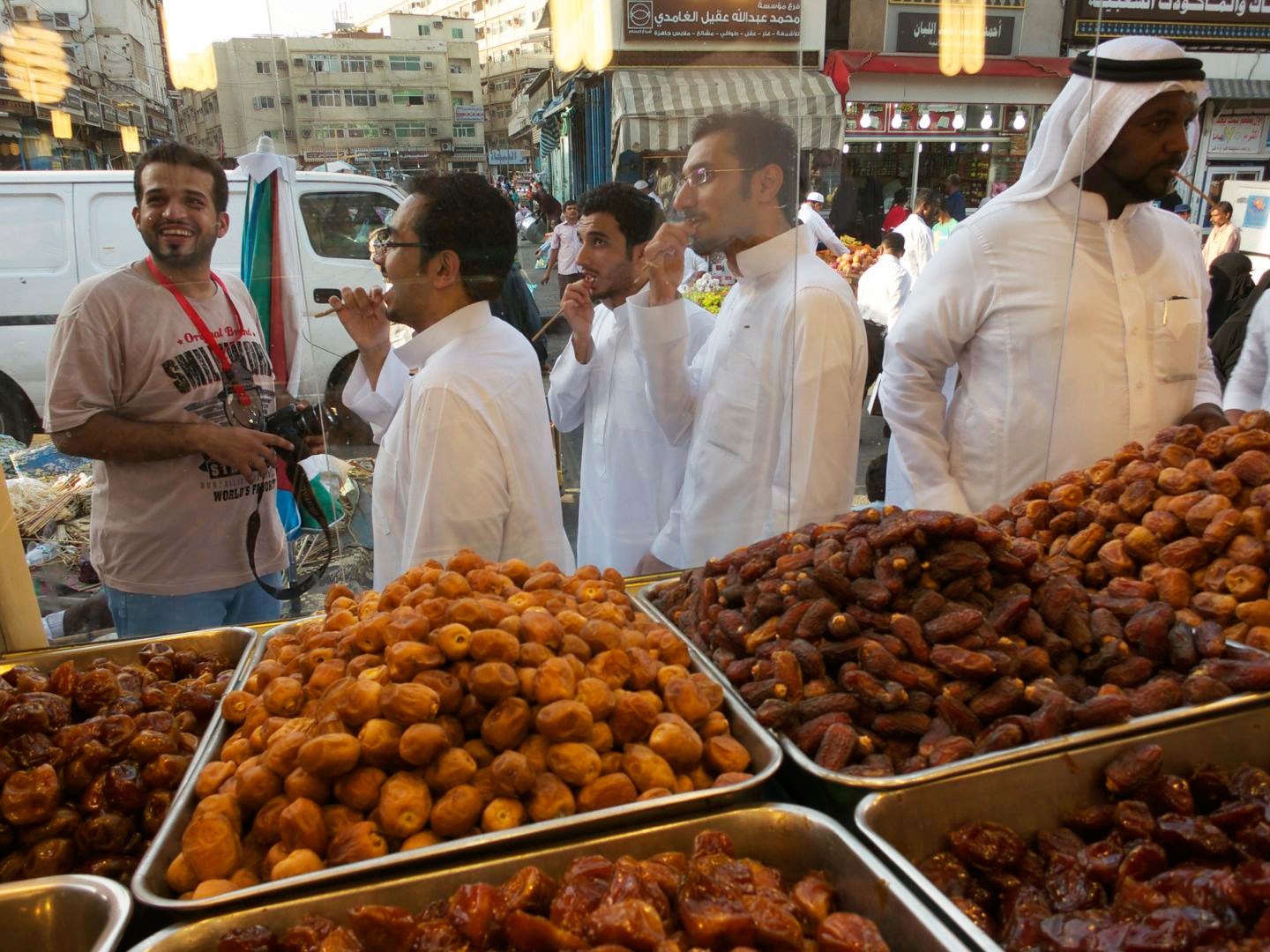
The author of this article wanted the audience to see that he came to Jeddah, Saudi Arabia looking for Eve’s grave. Paul did everything he could in his power to find this grave. There were many milestones and goals reached along the way. In the video below Sami gives the audience a quick rundown of why he is going on this journey and educates other people watching this video.
The last chapter I am covering is Chapter 5: Riverlands–
This chapter took place in Pakistan, India. The dates this chapter took place are February 2018 until October 2021. In this chapter we see Paul navigating a maze of waterways across fertile South Asia, the walk traverses an emerging center of global power. In this chapter, I deiced to cover the part about Gold Nomads of the Karakoram. Paul says Rivers in the glacial valleys of the Karakoram, the towering mountains of northern Pakistan, swirl ice cold and the color of slate. Along the banks of some of these remote waterways, patchwork tents huddle like flotsam. Inside the tents live nomad families who wander from current to current, panning the dark sands for glints of gold. These are the Stonewall.
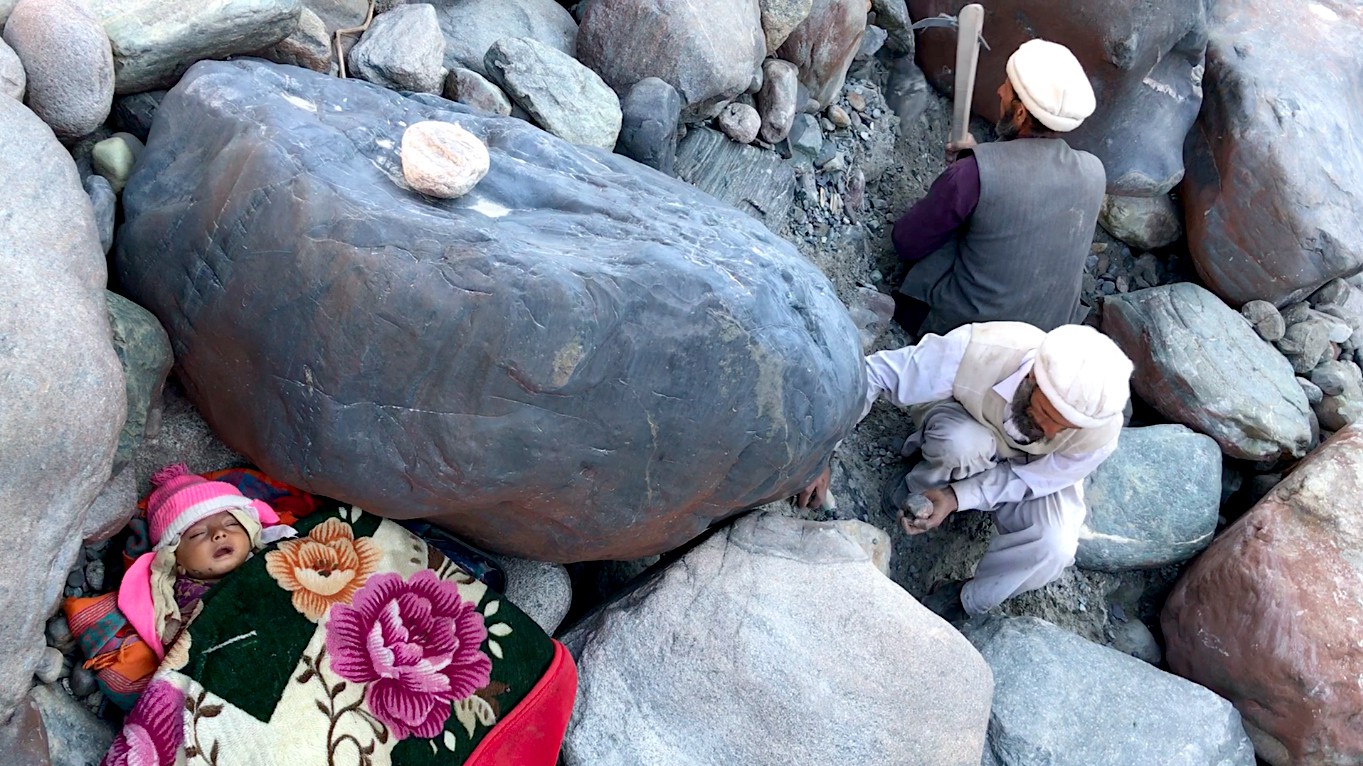
The video I embedded below shows the living conditions, Paul lived in for the time he was in Pakistan. Along with how the people from Pakistan lived every day. It is sad to see how some of the children live in these conditions. No evidence links the Sonewal to the Roma people, as Brown suggested. But they still roam as before. Few of the surrounding townspeople marry into their ranks. Their children remain mostly uneducated.
Out of Eden Walk Blog
The holy lands in Saudi Arabia are filled with many different stories that are fairly interesting. The Four Seasons hotel is very different from the ones in America, and they have various exotic dishes. The decoration and furniture within these hotels are not up to American standards. There are no fancy showers or complimentary breakfasts and etc., so they are very old-fashioned.
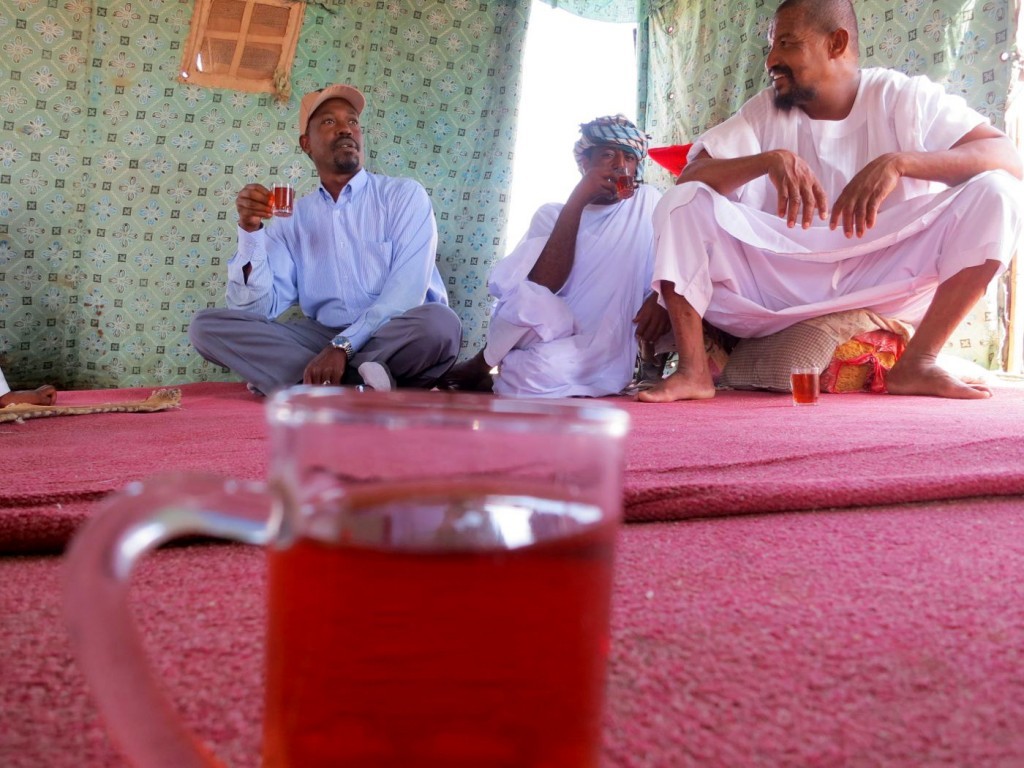
Then there is also the unique aircraft known as the gyrocopter. This gyrocopter was known to be a mixture between a helicopter and a plane. This gyrocopter was the most used aircraft in Saudi Arabia, and they have used this aircraft for multiple achievements. Two people from Saudi Arabia parachuted managed to fly the gyrocopter although way to the north pole and parachuted in there successfully.
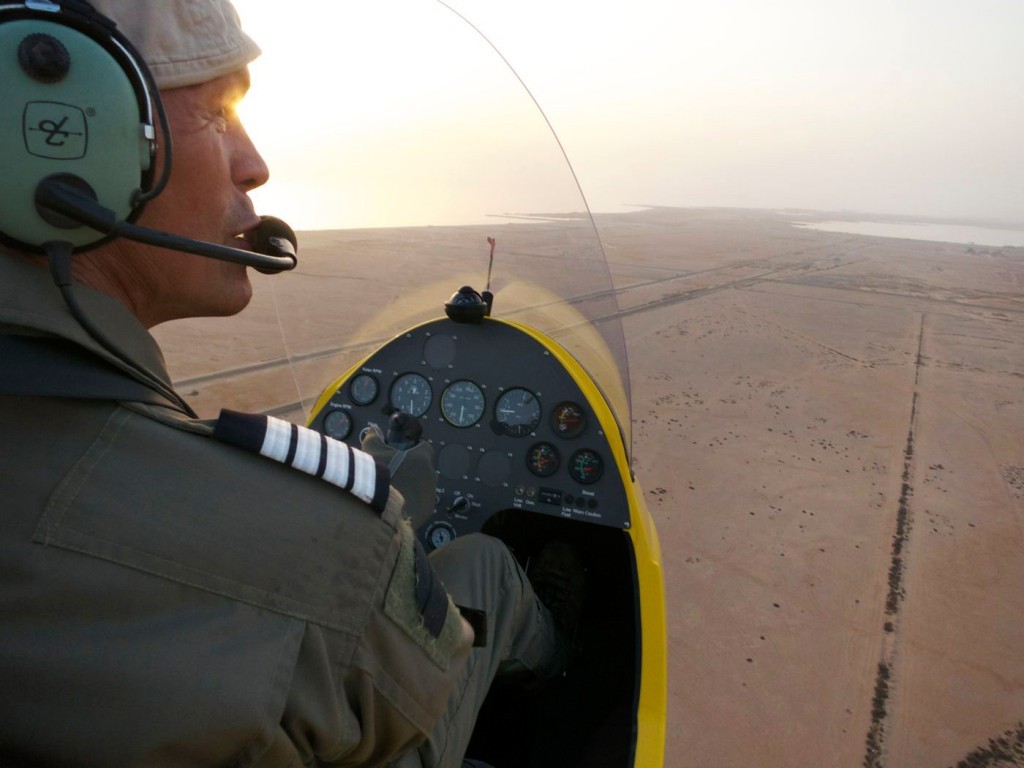
Saudi Arabia was amazingly known for its extremely exotic dishes. There was a thing called Sami’s world which was filled with over 100 exotic dishes that expanded throughout Saudi Arabia. This was only one of Sami’s great ideas and he had thousands more for housing, events, and many more. So in full Sami brought so much to Saudi Arabia.
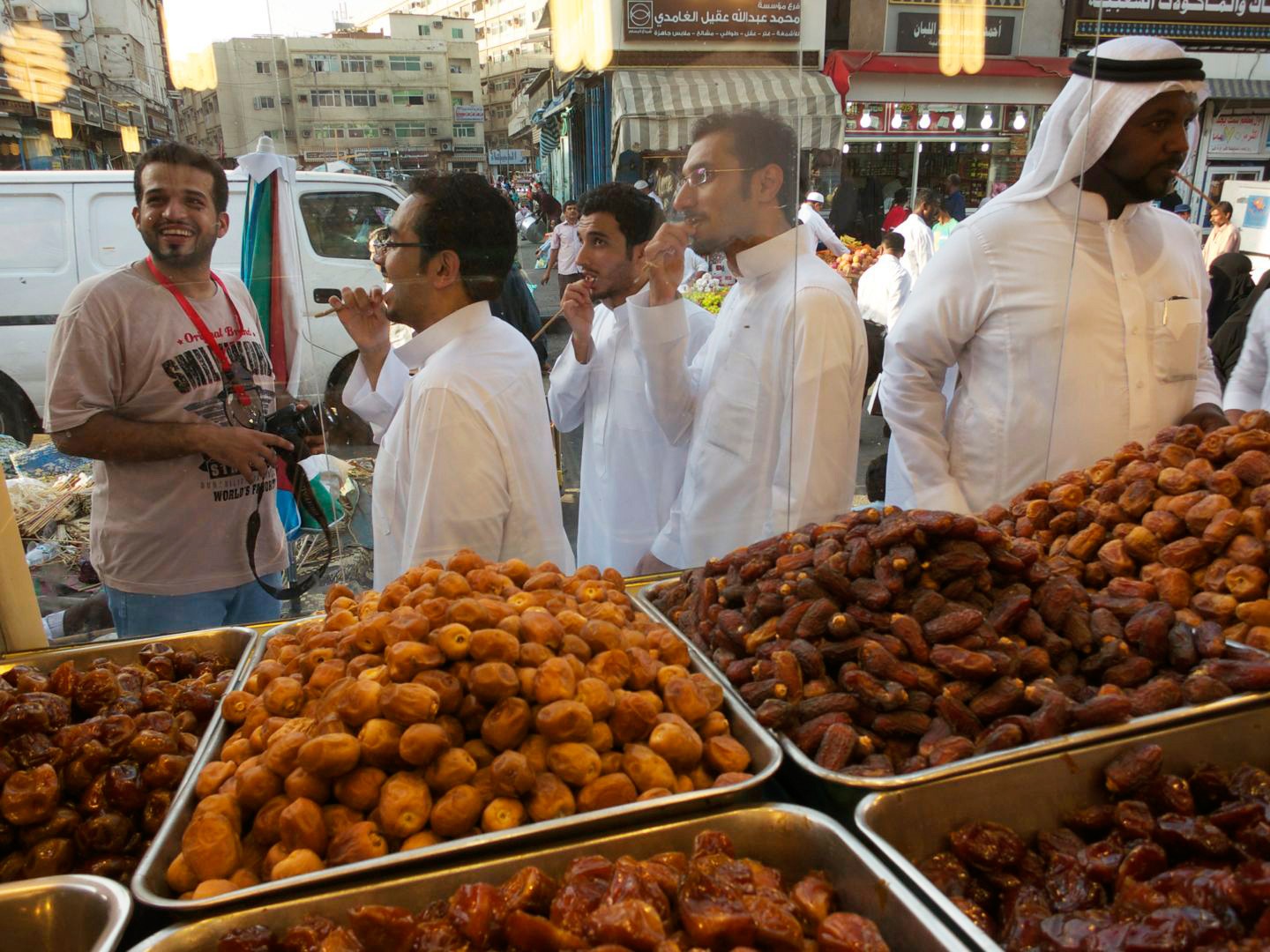
Out of Eden Walk
Exploring the trail of the Out of Eden Walk was quite interesting. I wanted to start by looking where the walk started: Africa.

More specifically, I looked at Ethiopia. I was unaware that it was the home of one of the oldest human fossils. Reading the first post that sets up the goal and timeline of the walk felt like a good place to start. It gave a lot of background information, as well as descriptive language about the animals and sounds heard in Ethiopia.
I then moved on to “Holy Lands.” I wanted to take a closer look at the post called “Shore Lines.” I thought it was incredibly interesting to learn about brine pools. I had never heard of a brine pool before reading this post, and hearing about the make up and contents of a brine pool was very educating.
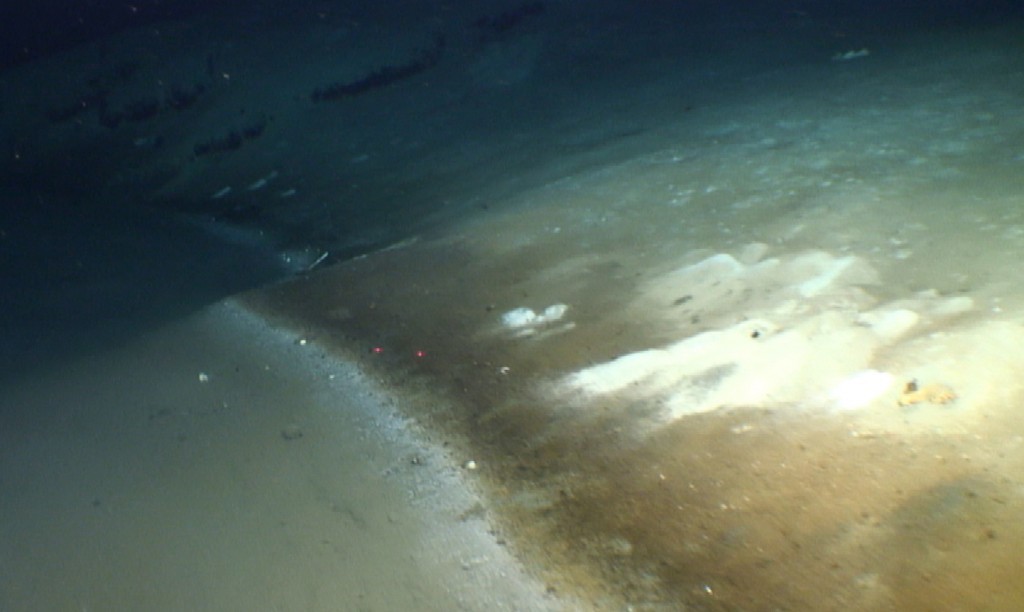
I then moved on to read “Treasure Island.” Truthfully, I picked out that post because I had read the novel Treasure Island when I was younger, so the name stuck out to me. I knew very little about the island of Cyprus, and was excited to learn more about it. I had no idea it was one of the oldest inhabited islands on the planet! I especially liked the one part where it said that “For 150 kilometers I am the only thing that moves on foot. Such is the inward loneliness of Europe.” It seems eerily peaceful to me.
I plan on going through the rest of the walk to learn more about these different places & learn about the experiences.
Feel free to check them out as well :
https://www.nationalgeographic.org/projects/out-of-eden-walk/#section-2
Out of Eden Walk
In 2013 Paul Salopek began his journey, traveling in the paths of ancient migration patterns, titling it, The Out of Eden Walk. He documented his travels through writing, video, audio, and pictures. Every 100 miles he marks his recordings. In this post, I will discuss three of the locations Salopek documented.

Salopek began his journey in Africa, in the Ethiopian Rift. He provides a panorama view of his first milestone, showing a group of people, a vehicle, and the desert. Idoli Mohamed, an Afar pastoralist is the first encounter he writes about on his journey. He asks him three questions; who are you, where do you come from, and where are you going? Idoli answers he is a pastoralist however, he doesn’t want the same life for his children. He would prefer for his children to attend school. Idoli explains people say the Afar people are from Tadjoura, Djibouti. He says that if they can be educated they could go anywhere.
At every milestone, Salopek takes a picture of the earth and the sky. In his first milestone, he shows the pile of goat dung he stands on at mile 0 of his journey and the sky, showing how bright the sun is, describing it as a “blast furnace.” Even in the picture of the sky, it’s easy to see that there are very few clouds and there are no trees for shade. This shows how brutal the conditions are in the area.

On day 654 of his journey, Paul Salopek is near Mt. Subhan, Turkey. At this point, he has traveled 2600 miles. He wrote Mt. Subhan is an extinct volcano, “it’s cone arrowed 13,000 feet into space and was very stormy. You rarely saw the summit.” The panorama shows green grass-covered hills, their cargo horse, and his traveling partner. While there are some clouds that can be seen in his panorama, none are seen in his earth and sky picture, again showing how brutal the sun is.
Salopek encounters two young boys, Yusef (14) and Eyep (15). He asks the boys the same three questions; who are you, where are you from, where are you going? Eyep answers for both of them, they are cousins from Turkey, he wants to be a teacher and Yusef wants to become a geological engineer.

Milestone 74: Every Story Contains Silences
Milestone 74, 3184 days and 7550 miles into the journey, is Salopek’s most recent milestone, posted on October 26, 2021. In the introduction, Salopek explains that he had to put the trek on hold for 20 months due to the Covid-19 Pandemic due to closed borders. He explains that crossing the border into China became completely impossible when Myanmar’s army took power in a coup. In order to continue his journey, he needed to take a plane into China. This means he skipped 251 miles, and two milestones.
At this milestone, he meets flower farmer Jiang Ji Bing. Again, he asks the three questions. Jiang Ji Bing answers that he plants flowers that are used for medicinal purposes, he is from Tengchong, and once the flowers are picked he is going back home.
Jiang Ji Bing’s flower farm is pictured in this milestones panorama, as well as mountains and buildings. In the earth and sky pictures, Salopek is standing on a partly paved path, much different than the previous two milestones discussed in this post. This shows how different each area he visits is. Some are completely barren, some are in the middle of nowhere, and some are in the middle of cities or farms.

The Out of Eden Walk is a great resource for students. This could be used in a history classroom to discuss ancient migration patterns. The documented journey is also great for showing students the diversity of the world through people, cultures, and environments. Paul Salopek showcases his journey in a way that focuses on archaeology, culture, environments, and more. This is an important resource to educate students on the social and ecological aspects and difficulties of different people around the world.
The site also features an “In the Classroom” tab which provides resources for students and teachers about the Out of Eden Walk. It offers resources from National Geographic, the Out of Eden Walk homepage, and the Pulitzer Center. These sites provide outlines, lesson plans, and educator notes.
Below is an introduction video posted on Vimeo for the Out of Eden Walk.
Thank you for reading!
Samantha Pollina
Out of Eden Walk
For this weeks blog, I am writing about a surprisingly fun experience I had while exploring the migration of our ancestors. I have always been fascinated by other cultures and this project from National Geographic does an incredible job of giving a bit of insight into how different the world is. Paul Salopek is a award winning journalist who has decided to document his journey across 24,000 miles of human history. The amount of detail Paul Salopek and his team put into this project is astounding, with links to every map and picture so readers can learn more. The journey is laid out in a series of chapters with each one describing a different experience.
The Silk Road

The first stop I made, was the Silk Road, a topic I remember learning a lot about in high school. The first stories in this chapter describes what life is like living in Pakistan and Afghanistan. Paul describes the countries’ winding, snow covered roads and unique cuisine. I found the story about the medical benefits of sea buckthorn to be extremely interesting. This chapter was by far my favorite as it gave incredible insight into how peaceful these countries are when they are mostly attributed to war.
The Middle Kingdom

The second stop I made, was another one I was greatly looking forward to, a journey through China and Myanmar, the Middle Kingdom. Being one of the largest countries in the world, China is extremely rich in culture, with an astounding level of diversity. However, the story I was most interested in, is the places Paul was unable to visit. During his journey across Myanmar, Paul ran into logistical trouble because of the COVID-19 pandemic. He was forced to fly directly to China, and as a result, lost over 200 miles of potential stories.
The Holy Lands

The final stop I made was in the Middle East, the Holy Lands. This part of the world is considered to be one of the most unstable, making is quite risky to document. Regardless, Paul and his team were able to capture a wide variety of life from this part of the world. The Middle East is home to three of the worlds great religions as well as a massive source for petroleum, making is a restless location. However, like Pakistan, where there is human struggle, there is also incredible beauty.
I had a great experience reading about Paul Salopek’s Out of Eden Walk and I was only able to scratch the surface. Every page leads to more links where even more information can be found. This makes it a great database for a classroom. Students could spend hours clicking through links without getting bored. For a history teacher, this site is a “must have”. If you would like to learn more, you can check out the Eden Walk on National Geographic’s website, here.
Out of Eden Walk
The Out of Eden Walk is an inspiring journey taken by journalist Paul Salopek in order to trace the path of human history. A massive undertaking, Paul walked more than 24,000 miles over a decade, following the trail of human settlements around the world.

One of the main sections that I found interesting was the walk through the ‘Holy Lands.’ I choose this area because this is an area that many of us do not understand. Salopek points out, “Not an inch of this antique vista hasn’t been fought over, cursed, blessed, claimed for one divinity or another. It is a land worn smooth like a coin traded through countless fingers.” Although, a relatively small area, the three dominant monotheistic religions of our world see their origins here. We think of this place as ancient and historical, but in the “Trail Notes: Mound Cultures’ post, we see that the country is littered with piles of construction material. A step in the direction of future building, development, and modernization.

The next area of the ‘Out of Eden Walk’ that I wanted to blog about was the section on the ‘Silk Road.’ Central Asia is yet another area of the world that we do not focus on enough. The expansive grass steppes of Kazakhstan is widely acknowledged as the birthplace for horse domestication. There have been remains found suggesting horse domestication could have begun as long as 5,500 years ago. However, today the horse is no longer a part of everyday life. Sadly, as technology and urbanization have increased, most Kazakh people have no connection with horses anymore.

The final section that I wanted to discuss was contained within the “Riverlands” chapter. While in India, Paul held a four day workshop to teach slow journalism. Shikha Sharma, a local magazine editor, summed up the goal perfectly, “In the deadline-chasing media world of today, this workshop made me realize just what in-depth, honest, literary journalism can bring to the table.” This workshop focused on deeper analysis that produced social significant work. These young journalists have been empowered with the skills they need to find the truth and exposes the corruption and inequality that exists around them.
All in all, this was an interesting dive into a project that we can learn a lot from. Paul Salopek’s journey can teach us about the social and ecological issues that face real people around the world. There is more to learn from this project than can be summarized in a blog post and I hope you check it out.
Thanks for reading! If you like what you read (or don’t like what you read) let me know! @PatrickWCrowell
Out of Eden Walk
Out of Africa
The first “walk” I took was in Africa. I thought it would be interesting to view this part of the world because like many other places in the world, I don’t know much about it. In this tour I learned more about the culture of the area. I learned many things about the clothing, lifestyle, the animals and much more. There is one section of the tour that I found upsetting. One section was children walking with a tourist in Ethiopia. Some of the children which could not have been older than 13 were walking around with weapons. The caption stated that this is due to the fact that many areas are in danger from others. I also learned that having weapons is normal for the people in Ethiopia for survival. I find this to be sad because many of these traveling groups may harm others for no specific reason. Stepping away from the disturbing images I found other aspects of Africa to be very interesting. Towards the end of the milestones there were images of the boats traveling the Red Sea with one boat carrying 8,000 sheep, 855 camels and 24 humans. This was a very interesting trip to me because I learned the hardships of the people in Africa’s lifestyle along with the geography and wildlife that inhabits it.
The Middle Kingdom
Next I chose to explore the Middle Kingdom. This chapter is still in progress however, it seemed really interesting to visit. This walk takes place in China and one area I really enjoyed was the Gaoligong Mountains in Yunnan, China. This was a really beautiful place to visit as this area is home to a variety of wildlife. This region contains almost 700 species of animals and 1700 different insects. It is even said that scientists find new species of plant life every year in this location. This was very fascinating to me because I always thought China was too overpopulated and had no room for forests to exists. This was likely due to the fact that I have only seen large cities in China with efficiency housing.
The Holy Lands
The last place I decided to tour was the Holy Lands. The Holy Lands refer to the area in between the Mediterranean Sea and the Eastern Bank of the Jordan River. These lands are home to many religions like Judaism, Christianity, Islam. I assumed I would see lots of fighting over the region and one article taught me something about all the chaos. There is a wall built Bethlehem often called the “Separation Barrier”. This wall is to keep the violence to a minimum and stands at a tall 26 feet. Apparently it is large enough to be seen from a satellite. I also viewed a section named “Aftertaste” that was about the culture of the women in Nablus. Bait al Karama is where dozens of women gather in a certain structure and participate in activities. These activities include cooking and teaching others how to cook. I thought this was a very neat change of pace and taught me something new about an unfamiliar group of people.
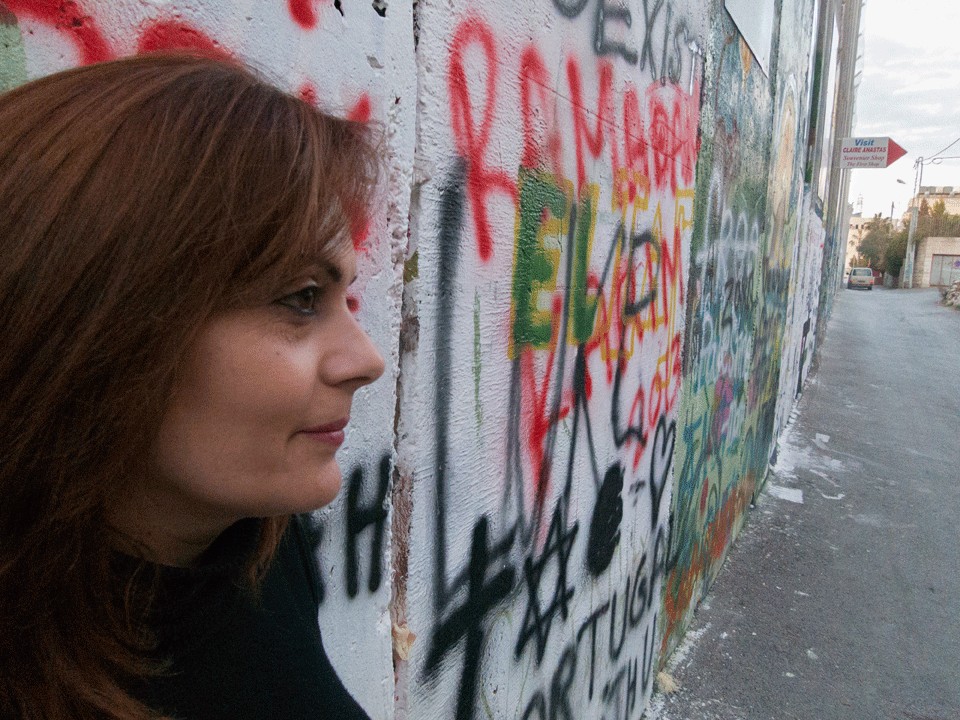
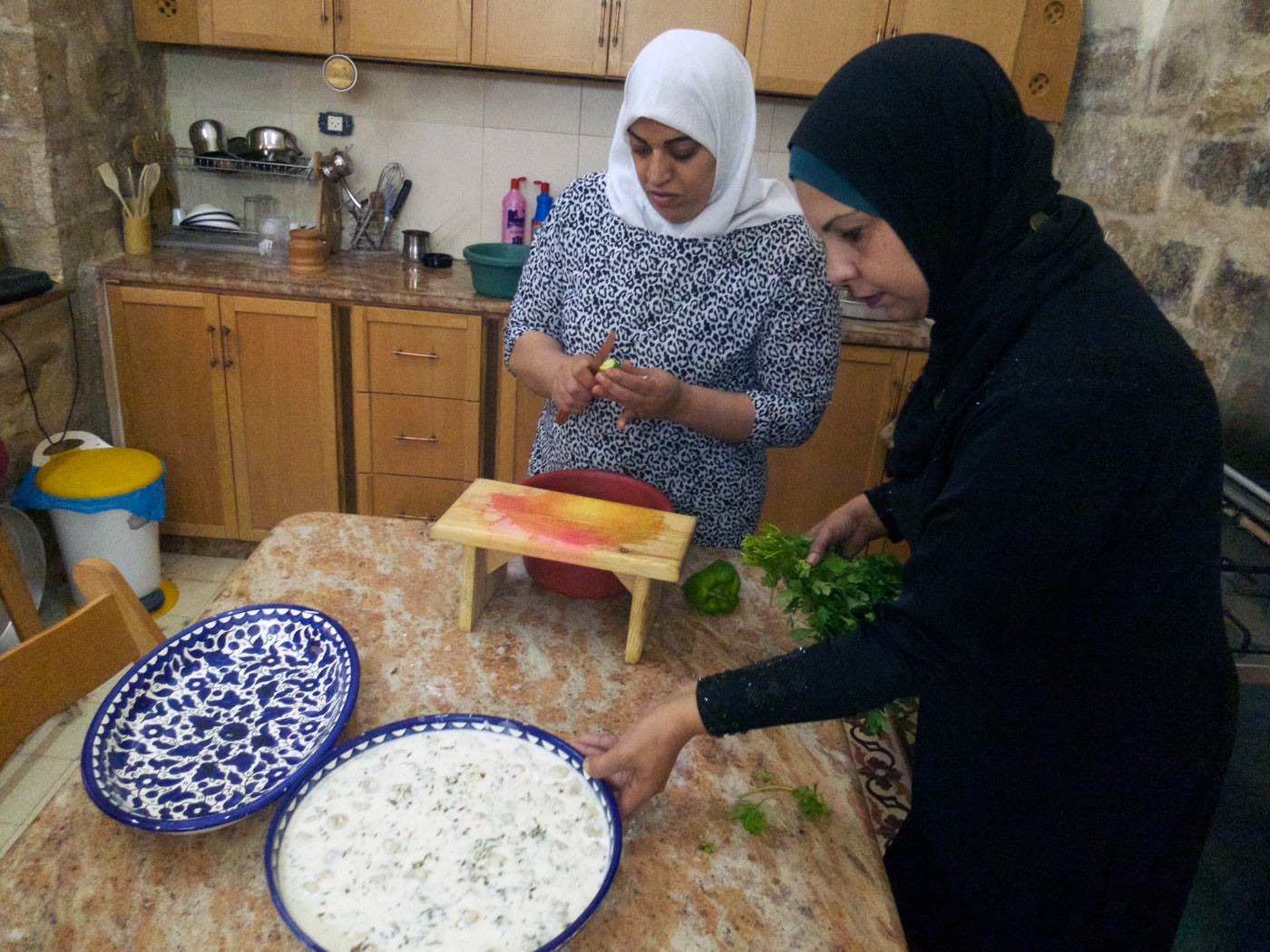
Out of Eden Walk
by Cristell Ramirez
For this blog post I dove into the website of the Out of Eden Walk. What is the Out of Eden walk? It is a journey completed by Paul Salopek. It was 24,000 miles and it took a decade long to complete. Salopek decided to walk the path of the first humans who went from Africa during the Stone Age. He covers different stories of our time which can be either climate change or tech innovation or mass migration and much more. He writes, takes videos, takes pictures and audio, whatever he can do in order to create the record of human life and he gathers all this information as told from villagers, traders, farmers, and more. He went out to rediscover our world and shared it with everyone.
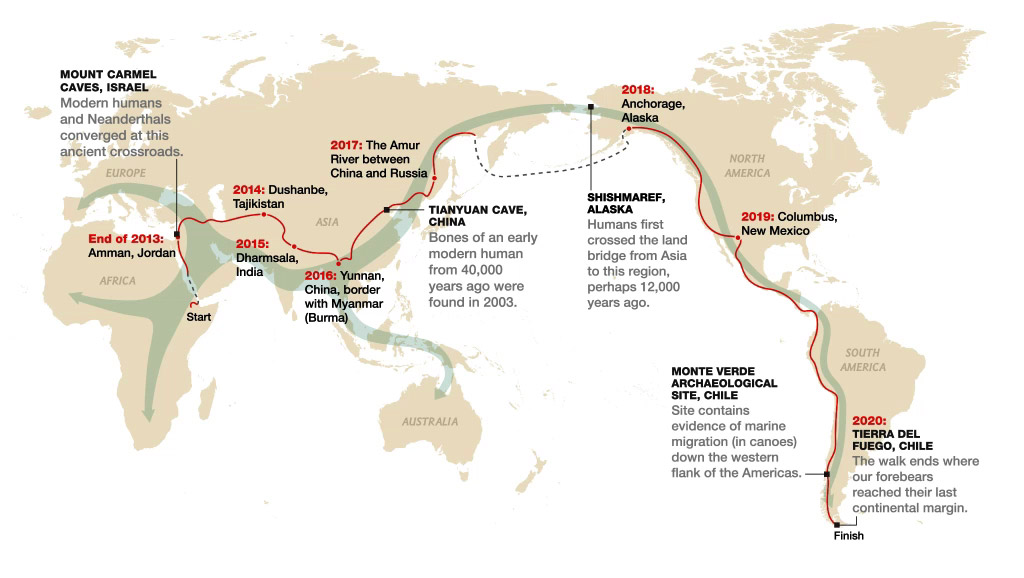
Chapter Six: Middle Kingdom
I started off by researching more into chapter six which is In Progress: Middle Kingdom. I saw an interesting post called “Crossroad of Memory.” This is a post about the time he spent in China during the COVID-19 epidemic. This was October 13th 2021 in Yusan, Yunnan China. Salopek calls China a crossroad of memory. He was used to traveling by foot and on ground and suddenly he gets on a plane to reach China.He hadn’t walked for 20 months and COVID-19 had put everything on a pause. Everything is down because of the pandemic and business is bad.
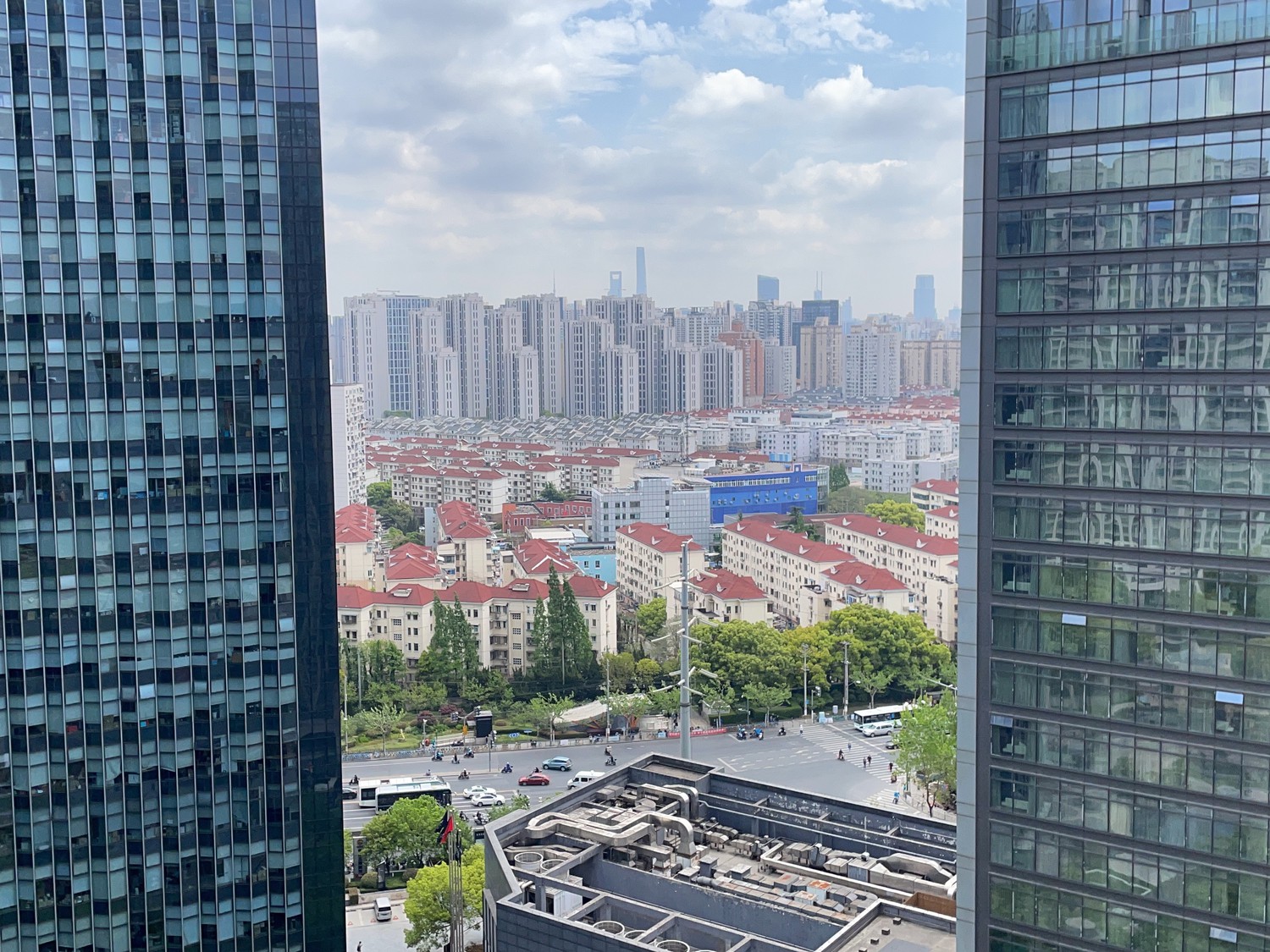
He begins his journey in Yunnan province which he calls “a crossroad within a crossroad.” Indian and Asian plates were collided in Yunnan. There are glaciated peaks and sweltering valleys with brown rivers that cut into the jungles of Asia. Yunnan contains over 19,000 higher plants and there are 2,000 vertebrate animals. And that represents the higher part of China. He follows the paths of unknown people, the hunters and gatherers who mapped the paths over 60,000 years ago. He landed in Shanghai and he was carrying no money. He couldnt buy a cup of tea, so his friend 500 miles away must use their online shopping app in order to even buy the cup of tea in the quarantine hotel. Since the pandemic is still going on, they need to quarantine for a while.
This is a video Salopek put in this article. This is the “yellow ochers of drying corn and the lipstick reds of drying chillies.” The families of the frontier town of Tengchong thresh rice. My favorite quote from this article is “All the world is a crossroad. But so is the heart.” He talks about the whole planet and how it is walking backwards into the uncertain future with new economic competition, mass migrations, and more. And he continues his journey.
Chapter 2: Holy Lands
From this chapter I read about Sami’s World. Sami Nawar is Salopek’s host. He is the director of Al Balad which is the famous historic district of Jeddah. He has over 1,000 plans for projects and he even says “Jeddah can be pronounced “jaddah”. In Arabic this means grandmother. This is the city of humanity’s grandmother.”
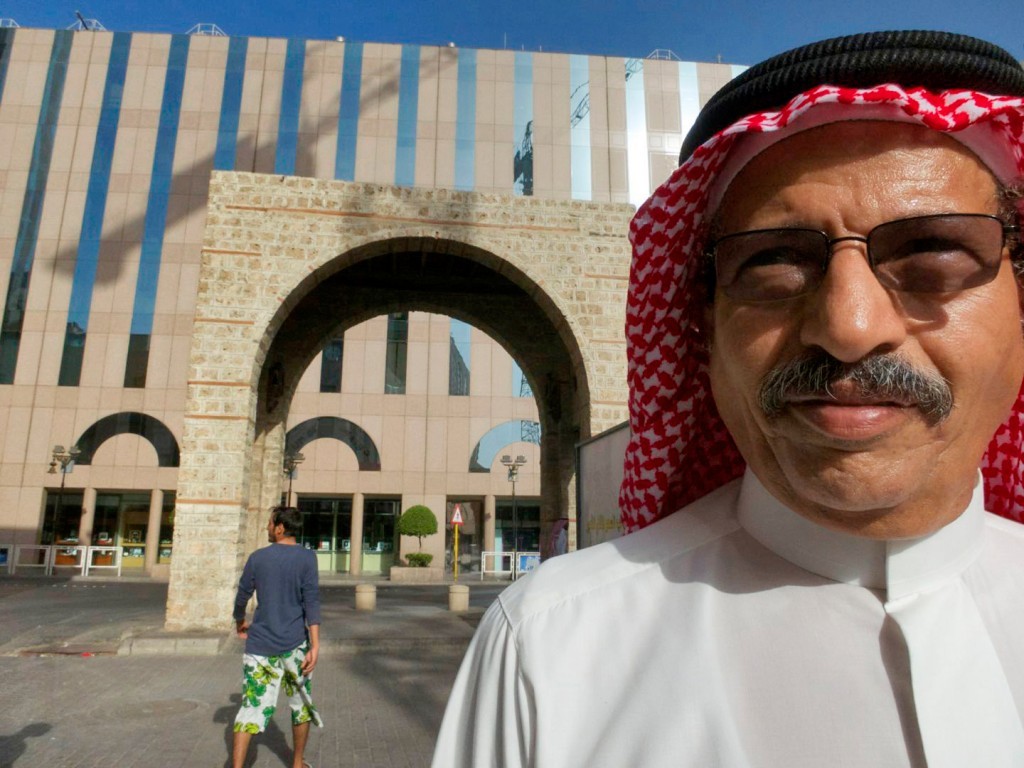
Salopek came here looking for Eve’s grave. The Koran says, Eve alighted on a mountaintop near Jeddah after Allah exiled her from Paradise for eating the forbidden fruit. There is a modern Tomb of Eve Cemetery in Old Jeddah but Salopek did not find a mausoleum or a shrine only a sterile burial ground. Other than this we learn more about Sami and his stories and how he did being a guide for Salopek.
Chapter 4: Silk Road
This chapter is about the Silk Road, on May 16th 2016 in Olanak, Kazakhstan. Salopek talks about an ancient form of mystic healing. “Amir Khan is a certified sage.” He has an office in a compound outside of Aktau. Inside the compound, Khan has his mansion, dust yard and a detachable complex with many different room. There is a tent that is like a waiting room with 200 sick unhappy people and these are Khan’s patients. They have already given up on modern medicine so they are hoping for the old practices of folk healing.
A quote from Khan, ““We pray to the ancestors. We read the Koran to them,” Khan says. “This makes them happy with us, because we remember them. They protect us.”
The mass ceremony goes like this: they gather around an ancient burial ground. They feast at a guest house while the sunsets and then they line up in the night before bonfires. They ceremonially “wash” themselves with the smoke of the sheep fat being burned. Then Khan blesses them beside the grave and then blows in their ears, eyes and heads. He then is driven back home by a driver in a SUV. He has finished his work.
Summary
I have truly enjoyed reading about the Out of Eden Walk. I was able to see different kinds of culture and the different walk that Salopek had taken. Even though I read a little out of order, I did enjoy learning so much. I will definitely be going back to learn more about the other chapters and more in depth with the chapters I already read.
Check out my twitter! @CRamirez2001
Walk of Eden
by Shelby Garrison, Garris37
In all honesty, this particular tool I probably wouldn’t be using in my own classroom, just because I wasn’t that much a fan of it. Navigating this tool wasn’t the easiest for me, and it didn’t draw me in. first place I went was Riverlands.

Even on this journey this man spread knowledge. He had workshops on journalism, I found this neat!
The next place I went was Silk Road.
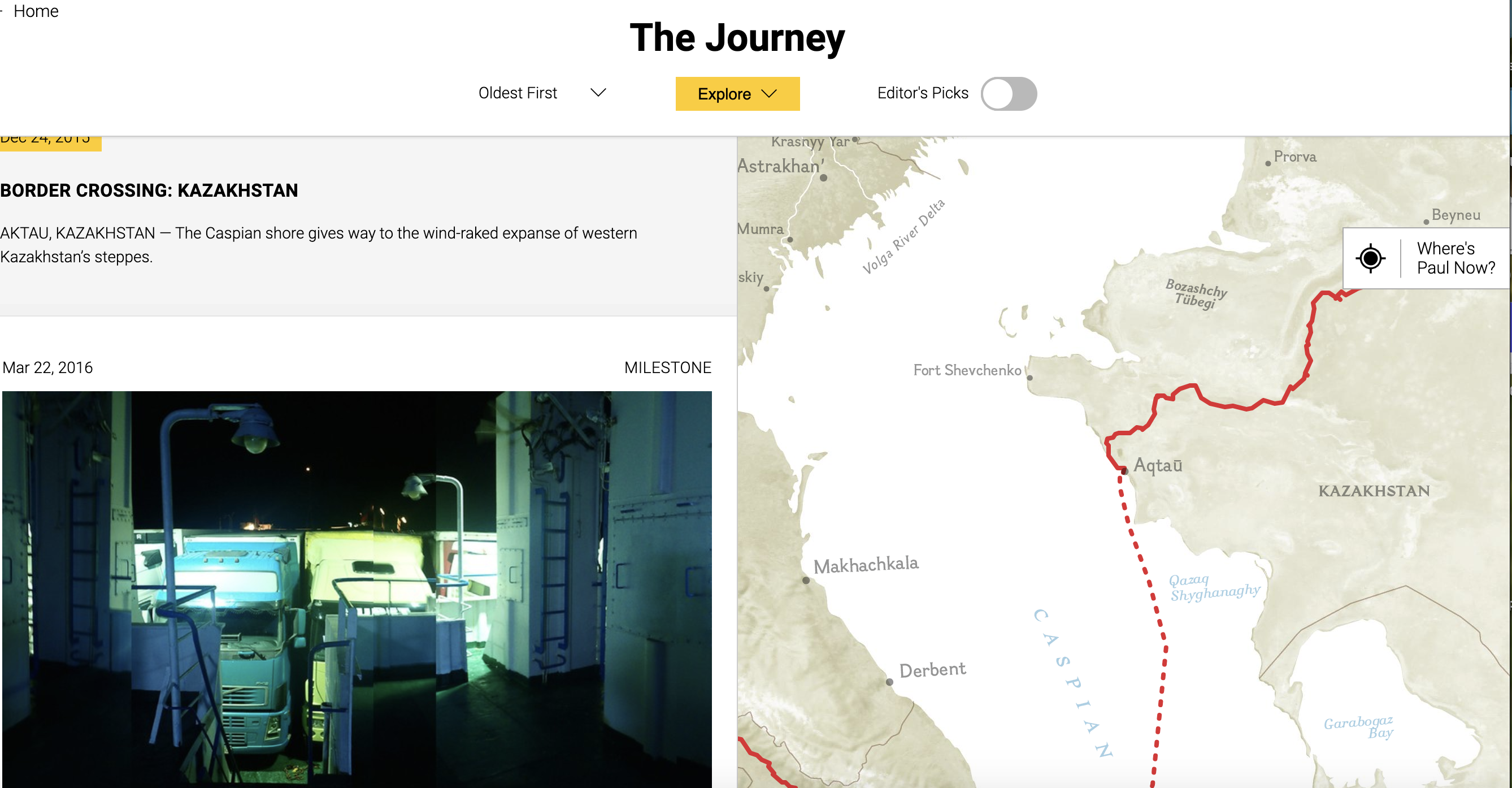
The final place I looked at was the middle kingdom.
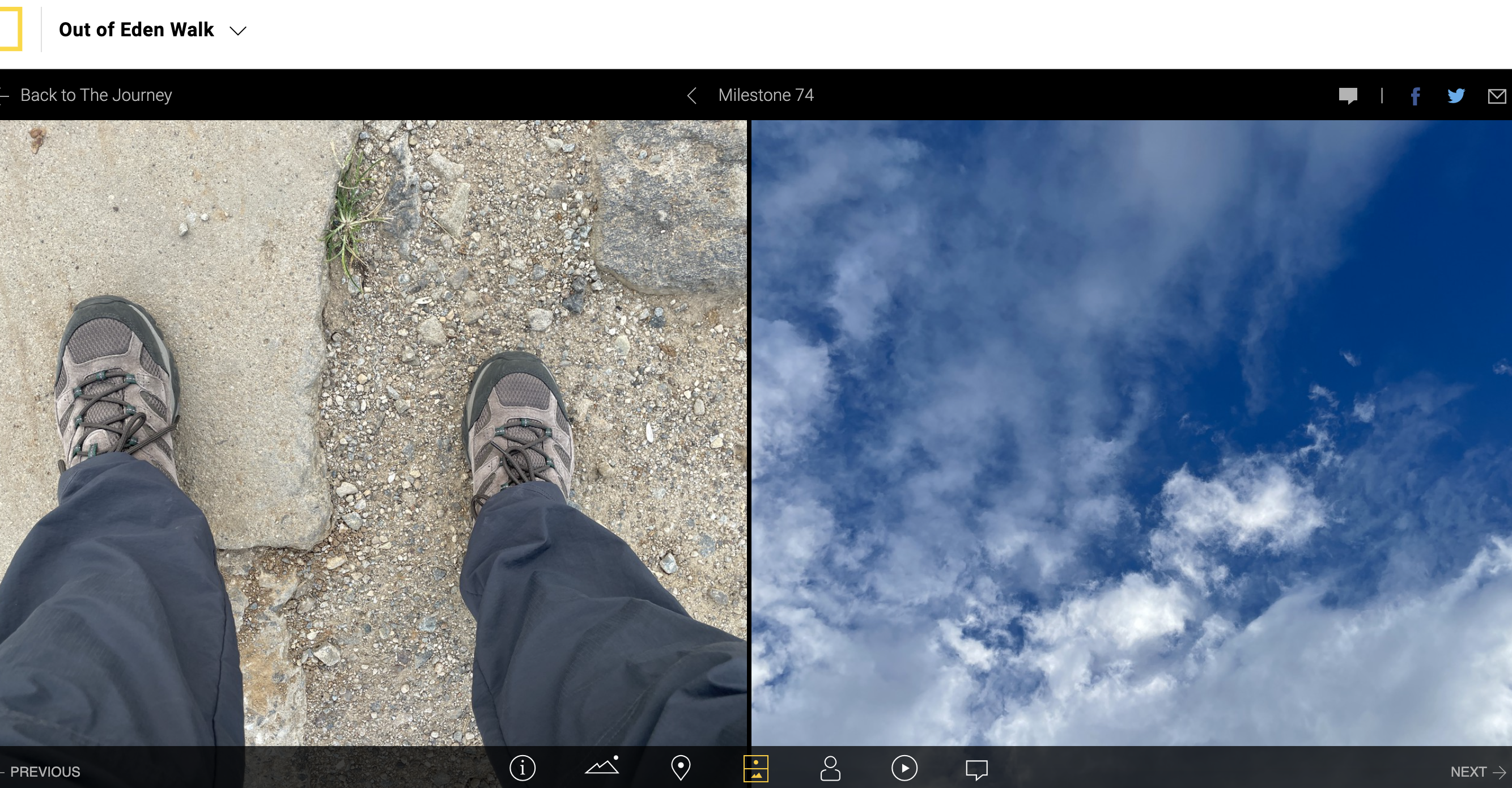



Recent Comments